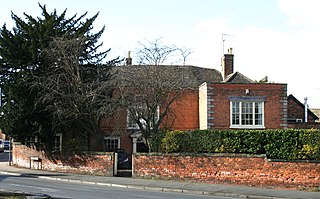
The Rookery, or 125 Hospital Street, is a substantial Georgian townhouse in Nantwich, Cheshire, England. It is at the end of Hospital Street, on the north side, at the junction with Millstone Lane. The existing building dates from the mid-18th century and is listed at grade II; English Heritage describes it as "good" in the listing. Nikolaus Pevsner describes it as "square and stately." It incorporates an earlier timber-framed house at the rear, which probably dates from the late 16th or early 17th century.
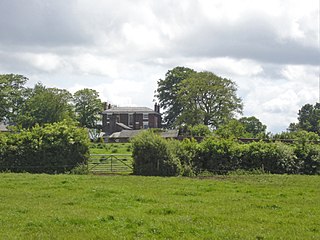
Stanthorne Hall is a country house standing to the west of the village of Stanthorne, Cheshire, England. It was built between 1804 and 1807 for Richard Dutton, who had purchased the estate from the Leicesters of Tabley. The house is constructed of brick with painted stone dressings and a slate roof. It is in three storeys with a symmetrical entrance front of three bays. The doorway is surrounded by Tuscan columns and an open pediment with a fanlight. The windows are sash windows. To the rear is a long wing. Inside the house, the entrance hall contains an open well staircase of three flights, and has a cornice with a frieze containing triglyphs. Two of the ground floor rooms have black marble fireplaces. The house is recorded in the National Heritage List for England as a designated Grade II listed building.

Stretton Hall is a country house in the parish of Stretton in Cheshire, England. It was built in about 1763 for John Leche. The house is constructed in brick on a sandstone basement, with painted stone dressings, and a slate roof. It has three symmetrical elevations. The entrance front is in three two-storey bays with a single-storey wing on each side. The central bay is canted, with five steps leading up to a doorway with a pediment. The windows are sashes. The garden front has similar windows, other than the wings, each of which contains a Venetian window. To the right of the house is attached a further wing, converted from the 17th-century stable of an earlier house. The house and former stable area is recorded in the National Heritage List for England as a designated Grade II* listed building. The sandstone garden walls are listed at Grade II.

Shipgate House is at 2 Shipgate Street, Chester, Cheshire, England. It is recorded in the National Heritage List for England as a designated Grade II* listed building. The house takes its name because it stands near the site of the old Shipgate, which has been moved and rebuilt in Grosvenor Park.

St Mary's Church is in West Road, Congleton, Cheshire, England. It is a Roman Catholic church recorded in the National Heritage List for England as a designated Grade II listed building. The listing includes the adjoining presbytery.

Clifton Castle is a country house in Clifton-on-Yore, a village in North Yorkshire, in England.

Carey Baptist Church, is a Baptist church in Preston, Lancashire, England. It is recorded in the National Heritage List for England as a designated Grade II listed building. It is affiliated with the Baptist Union of Great Britain.

Poole Methodist Chapel is in Wettenhall Road, Poole, Cheshire, England. It is an active Methodist church in the Cheshire South Methodist Circuit. The church is recorded in the National Heritage List for England as a designated Grade II listed building.

Corunna House is a historic building in Selby, in North Yorkshire, England.
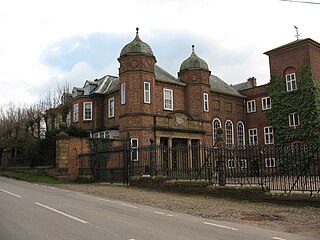
Helperby Hall is a historic building in Brafferton and Helperby, a village in North Yorkshire, in England.
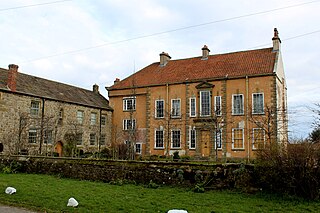
Cowling Hall is a historic building in Cowling, a village near Bedale in North Yorkshire, in England.

Byram Park is a former country estate in Byram, North Yorkshire, a village in England.

Camblesforth Hall is a historic building in Camblesforth, a village in North Yorkshire, in England.
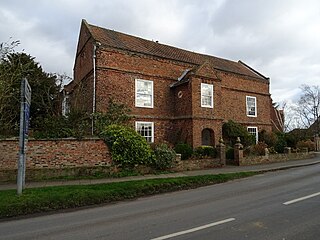
The Grange is a historic building in Cawood, a village in North Yorkshire, in England.

The Old Vicarage is a historic building in Church Fenton, a village in North Yorkshire, in England.

Holmes House is a historic building in South Duffield, a village in North Yorkshire, in England.

Colburn Hall is a historic building in Colburn, North Yorkshire, a village in England.

Crakehall Hall is a historic building in Crakehall, a village in North Yorkshire, in England.

Monk End House is a historic building in Croft-on-Tees, a village in North Yorkshire, in England.
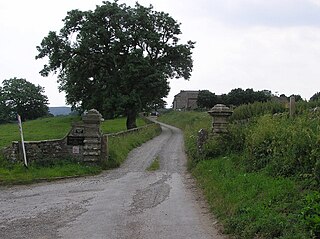
Dalton Hall is a historic building in Dalton, west North Yorkshire, near Richmond, North Yorkshire, in England.





















